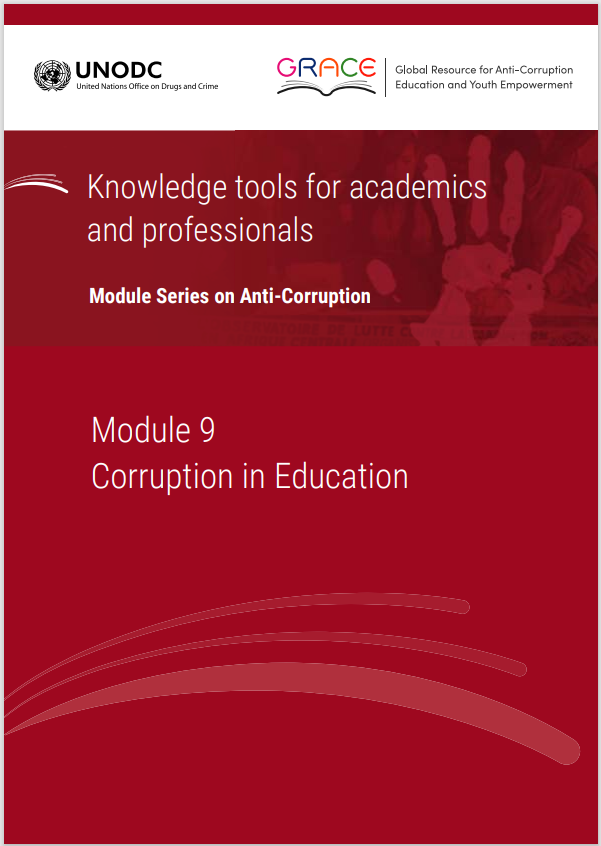This module is a resource for lecturers
Student assessment
This section provides suggestions for post-class assignments for the purpose of assessing student understanding of the Module. Suggestions for pre-class or in-class assignments are provided in the Exercises section.
The proposed exercises can be used as formative assessments (e.g., to support student learning and provide feedback) and this should be made explicit in the class. The case study can also be used as a formative assessment, since the lecturer can give immediate feedback to the students on their answers and presentation structure.
To assess the students' understanding of the Module, the following post-class assignments are proposed. Some require class time and some do not, so lecturers should adjust their class structure as needed.
Assignment 1: Group presentation or video
Before the second class, ask students to research issues that are emphasized in the Module, and prepare a short individual or group presentation for the class. Possible issues to assign are examples of corruption in education or strategies to combat corruption in education. If the students have access to a video recording tool (available on many smart phones), the lecturer can ask students to make a short video illustrating an example of corruption in education (see, e.g., this video). Lecturers should be sure to review presentation materials or videos prior to discussing them in class. In addition to serving as an assessment tool, selected assignments (with the students' permission) delivered in and interspersed throughout the class meeting can energize class discussion.
Assignment 2: Written essay
1) Select one corruption problem arising in education, either one identified during the earlier class discussion, or another corruption problem in education with approval from the lecturer, and submit a written evaluation of: (1) the problem, conceptualized in terms of costs, benefits and conditions surrounding the corrupt act (e.g. detection mechanisms), as well as the consequences on society; and (2) solutions, including resources required, difficulty of implementation, and likelihood of success.
2) Lecturers can also use the suggested activity regarding principle-agent and collective action theory as the basis for an assessed essay. Class discussion should include a review of the principle-agent and collective action theory. After that, students can take a problem approved by the lecturer, such as one of the problems identified by students in the first half of the class, or one of the case study problems, and in a written essay explain whether the principle-agent versus collective action theory would respond differently to the same problem, evaluating the respective responses.
Assignment 3: Community assignment
Lecturers with more available resources, such as access to a social experiments lab or digital devices for field interviews can consider an assignment that takes students into the community to address a problem faced by a professional community and propose solutions. Problems raised by the Internet, such as degree mills or students purchasing paid research papers, can also be focused on. Lecturers would have to organize the logistics ahead of time, but if, for example, there is a current issue of corruption in education in the news or known to students, lecturers can identify persons to interview and resources to check and assign work to individuals or groups of students. Students should be advised to come to class with the results, which can be discussed in class, and then students can submit a report incorporating their research and making suggestions for resolution or improvement. This could make a more ample piece of coursework, or even developed into a dissertation.
 Next: Additional teaching tools
Next: Additional teaching tools
 Back to top
Back to top
